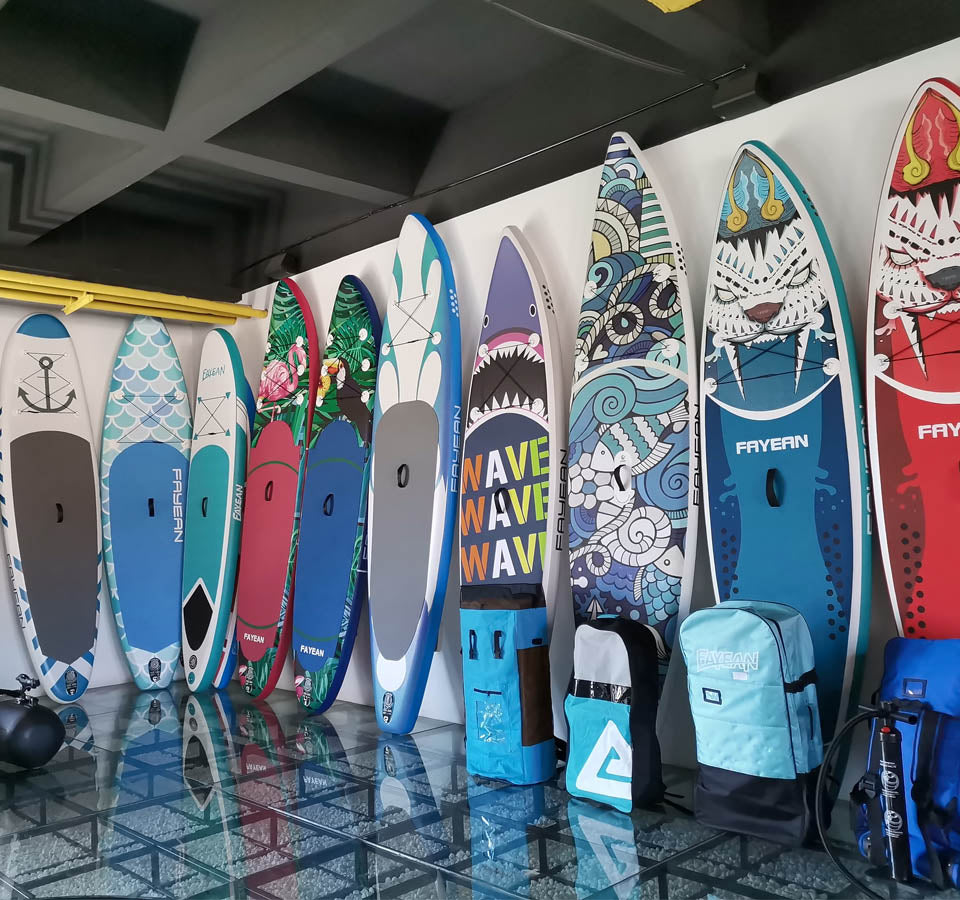Categories
Articles récents
-
Are inflatable paddles prone to aging? Are inflatable paddles durable? August 25, 2022
-
Do you know where is the best place to wait for the waves? August 24, 2022
-
How do the waves break up: left, right, A-shaped waves, buckling waves? August 23, 2022
Featured Products
Custom Block
Custom CMS block displayed at the left sidebar on the Catalog Page. Put your own content here: text, html, images, media... whatever you like.
There are many similar sample content placeholders across the store. All editable from admin panel.
Do you like surfing? But do you know what kinds of waves are divided into?
Different classifications of waves
Lip: The top of the wave that "slops" from above when the wave breaks. A large part of the energy of the waves is located in the lips.
Shoulder or Face: The unbroken part of a wave. Surfers glide from rough areas to the full part of the wave, called the "shoulder."

Pocket or Curl: The very steep "concave" part of the shoulder. This is where most of the high-performance manipulation tricks happen. Advanced surfers use this part of the wave to do tricks like fly or "snap" because this part provides a vertical slope, similar to a skateboard slope.
White water: After the wave breaks, it becomes "white water".
Impact Zone: The place where the wave lip falls on flat water. When sitting or paddling to surf, avoid entering this area, where the waves are at their strongest.
Tube or Barrel: Some waves form "cylinders" when they break. Often referred to as the "ultimate surf action", advanced surfers are able to glide and surf, often referred to as tube waves.
Peak: The highest point of the wave, and the first part of the wave to break. When looking at a wave on the horizon, the highest part of the wave is called the "break point". Finding the "break point" is the key to reading and predicting how a wave will break.

























